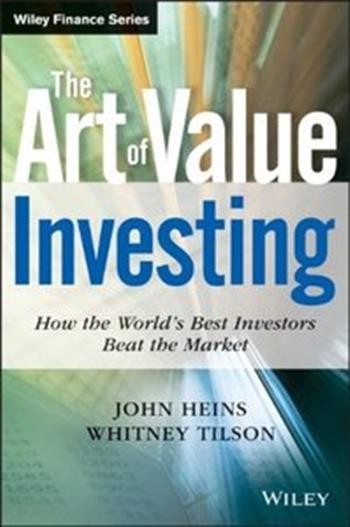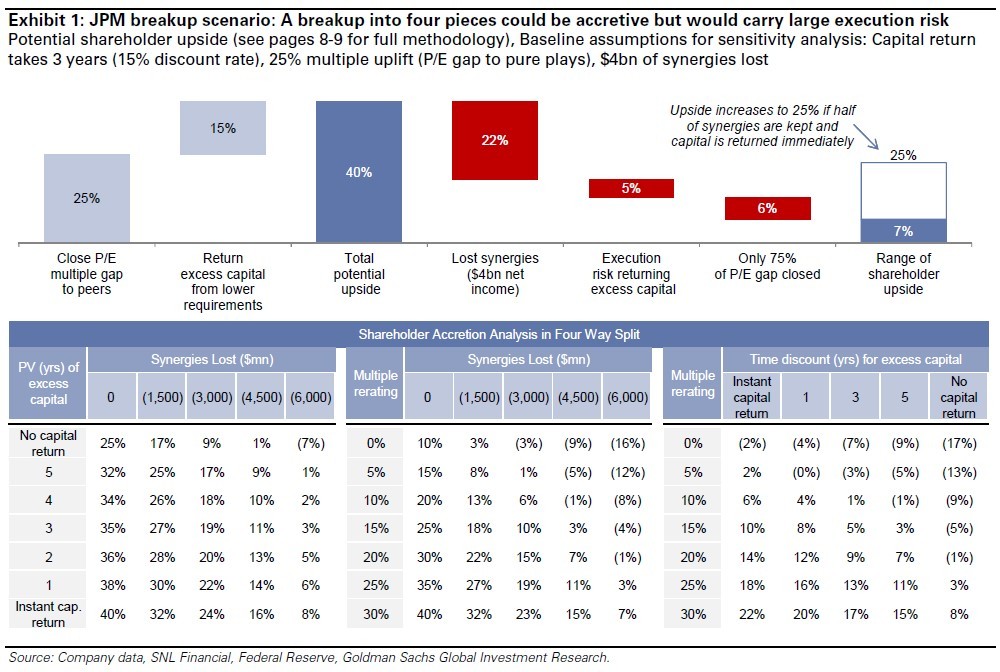Analyst Handbook Part I What is Value Investing
Post on: 16 Март, 2015 No Comment

Analyst Handbook part 1via CSInvesting
Note to readers
Learning the principles, history, and methods of investing and investors is important, but only by practicing the craft will you improve. When you understand the theory of flight—that differential air pressure over the plane’s wings—creates lift, will you be able to push the nose of the aircraft towards the earth when the plane begins to stall. That is the opposite of your natural reaction. For example, when Buffett speaks about the dangers of unprofitable growth, you might wonder, “How do I value growth or determine whether a company can grow profitably? This handbook in other chapters will have information on valuing growth. So, you can skip these sections and move onto those particular case studies. But you should come back to understand the principles and concepts of investing.
Ultimately, your goal will be to articulate in a clear and focused way your search strategy, a well-defined and consistently applied process for research and analysis within your circle of competence to determine value. You will follow a discipline for buying, for selling, for diversification, and for managing risk. Finally, you will meticulously track your progress both analyzing your successes and mistakes as well as others’. You can argue why you will be able to outperform by implementing your investment approach. This handbook with its links to original sources will assist you in building YOUR own investment philosophy.
Analyst Handbook CHAPTER 1: WHAT IS VALUE INVESTING?
My father on his deathbed offered me a choice of my inheritance. He said I could choose envelope A with a check for $2 million or envelope B with a formula for developing wealth. Being ambitious, I chose envelope B. I opened it and read just three words, “Margin of Safety.”
“Margin of safety?” My dad’s last words were, “Buy below intrinsic value with enough
discount to have a margin of safety,” then he passed on.
But how will I be able to calculate intrinsic value and why would price ever go far below
a company’s intrinsic value so I could have a margin of safety? How do I go from here
to there? I had no CFA, MBA or big bank investment analyst program. Fortunately
common sense and a knowledge of business are more important to the investment process
than academic formulas.
Mr. Buffett says:

To invest successfully you need not understand beta, efficient markets, modern portfolio theory (“MPT”), option pricing or emerging markets. You may, in fact, be better off knowing nothing of these.
That, of course, is not the prevailing view at most business schools, whose finance curriculum tends to be dominated by such subjects. In our view, though, investment students need only two well taught coursesHow to Value a Business and How to Think About Market Prices.
I have seen no trend toward value investing in the 35 years I‘ve practiced it. There seems to be some perverse human characteristic that likes to make easy things difficult.
I am a better investor because I am a businessman and a better businessman because I am an investor.
Inserts below scribd document
Inserts:
Thank you for your prior comments on the introductory chapter. My main takeaways were: 1. many liked the commentary in the case study and 2. Perhaps break up the large intro into smaller sections.














